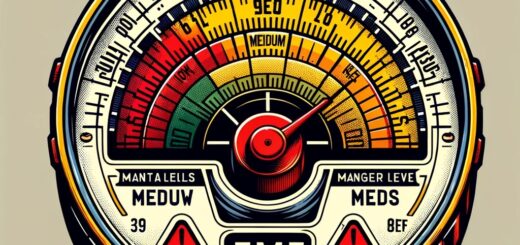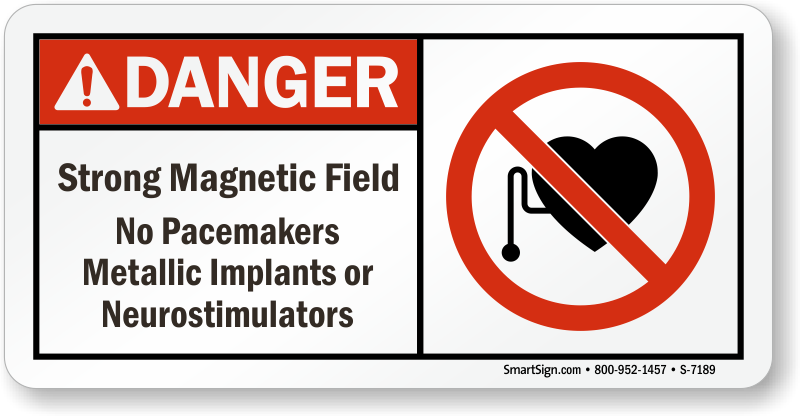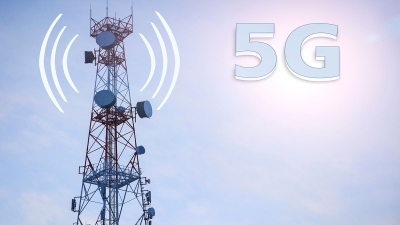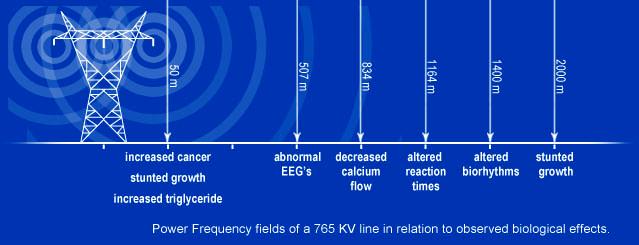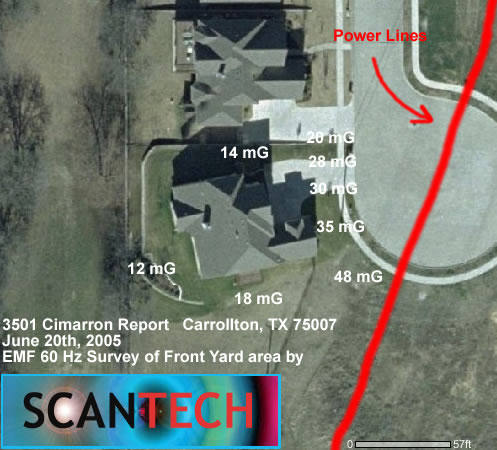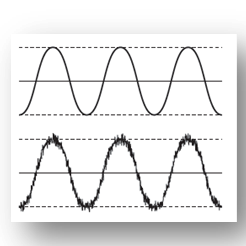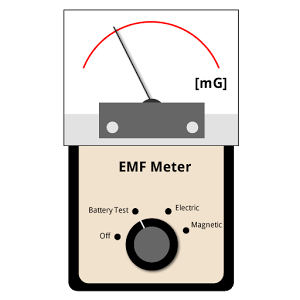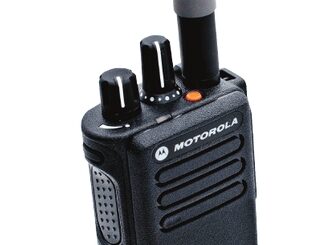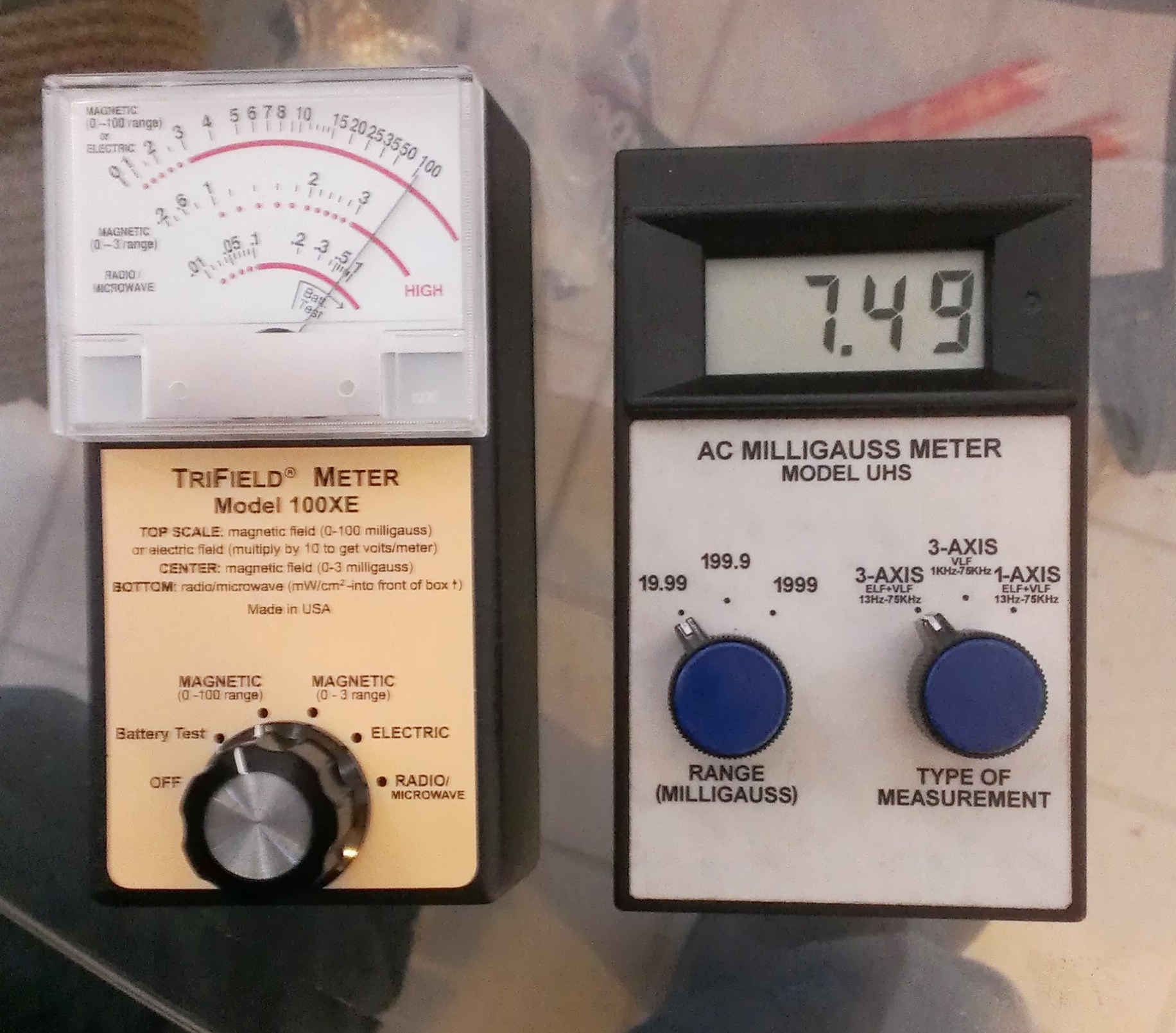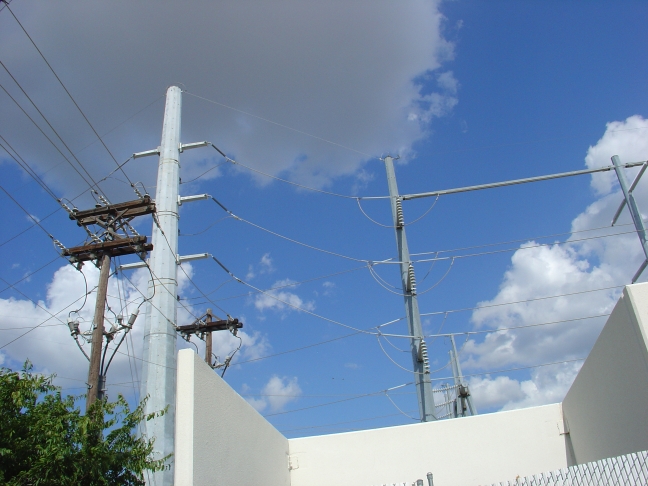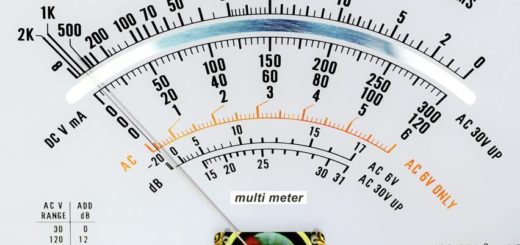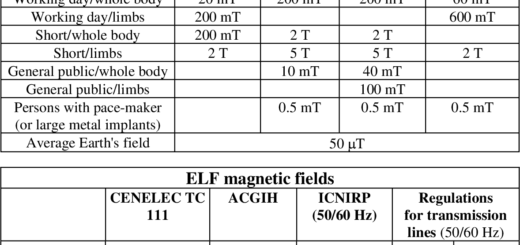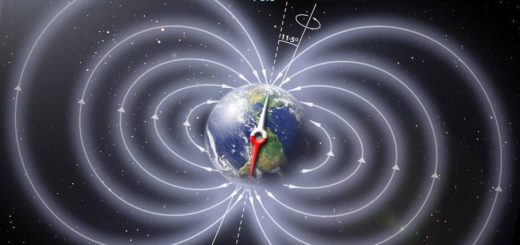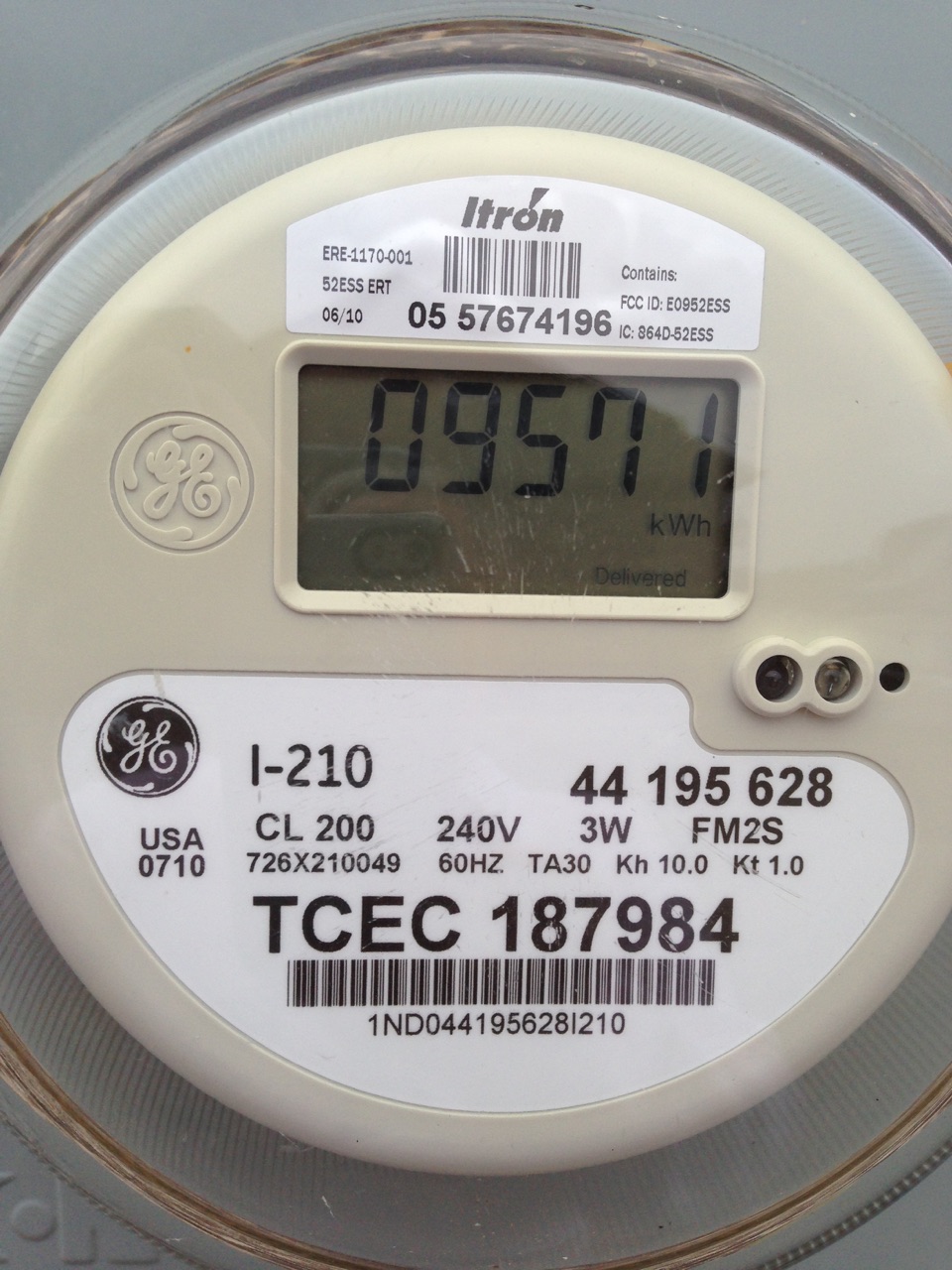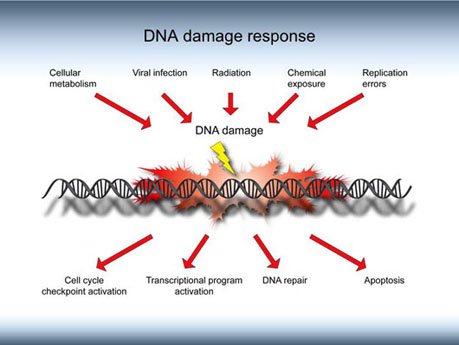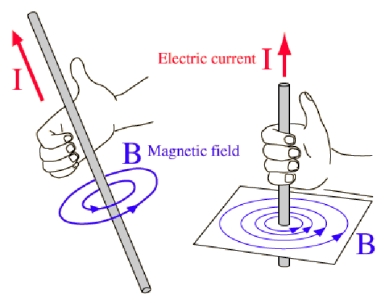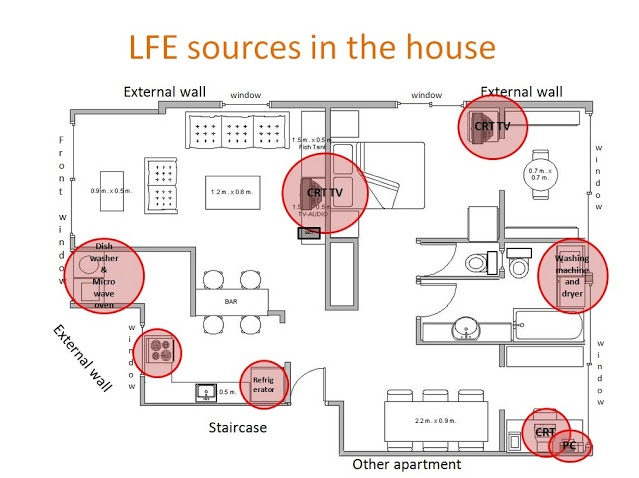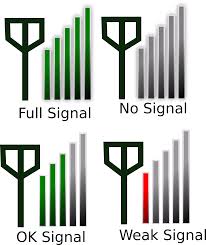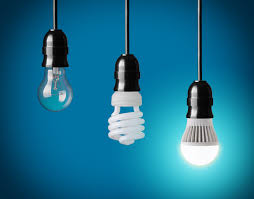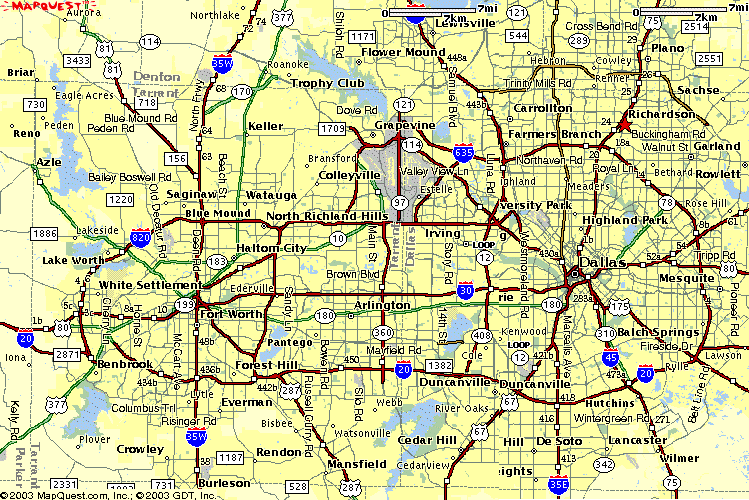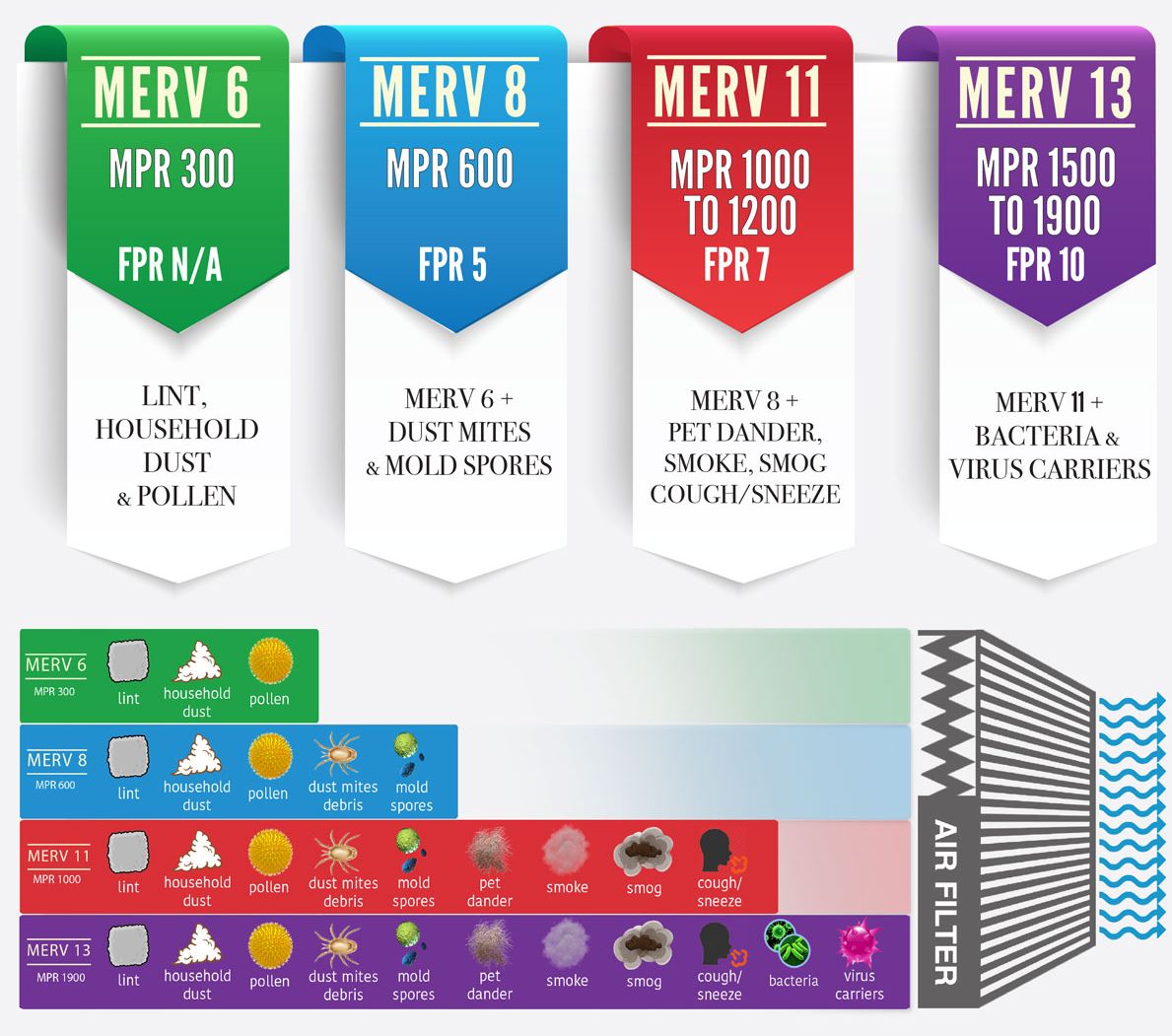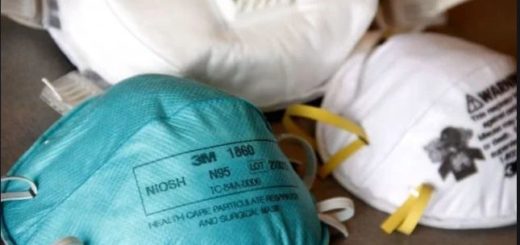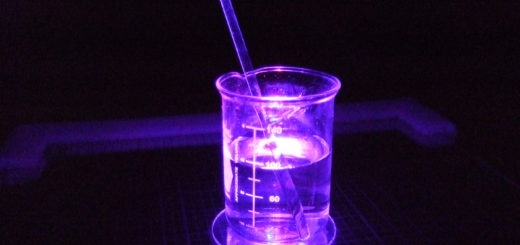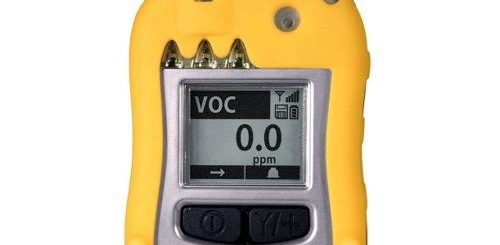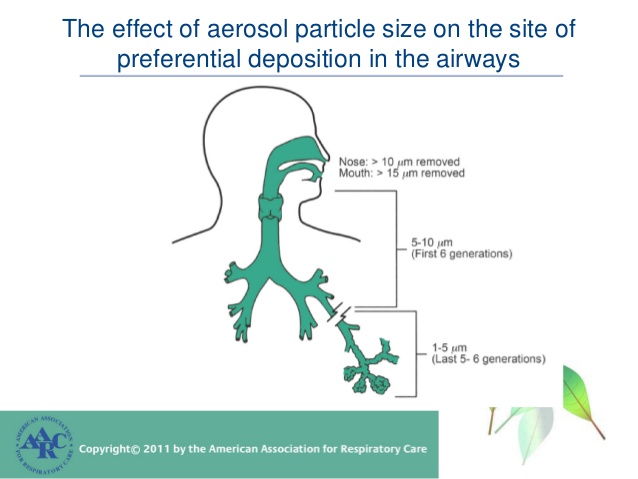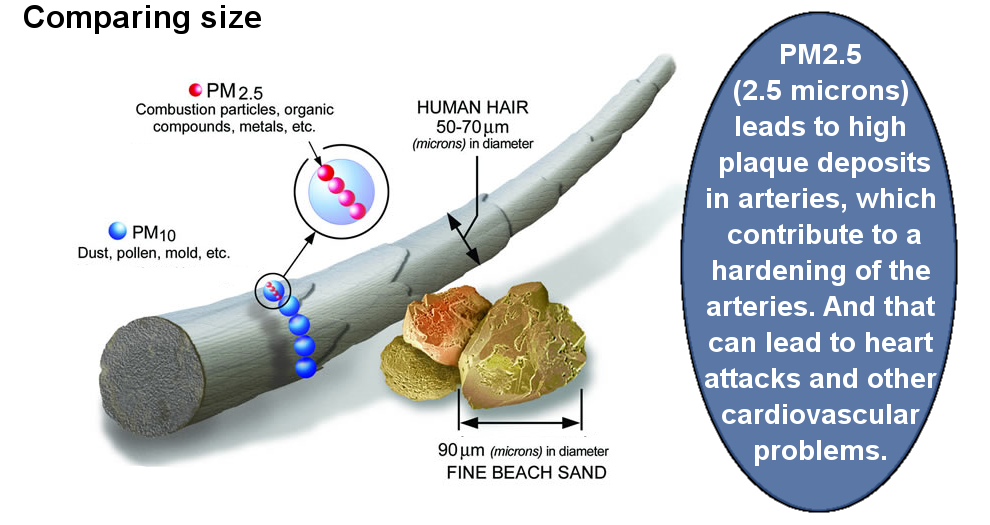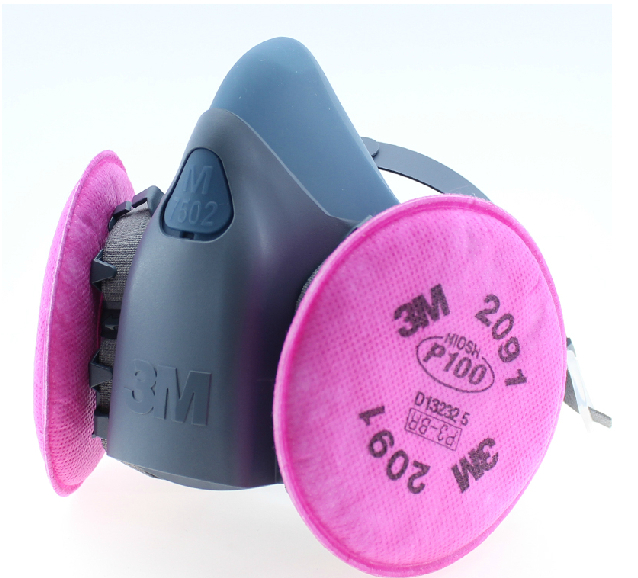Why A Professional Digital EMF Meter Should Be Used For EMF Testing

214.912.4691 Commercial Clients ONLY
ScanTech DOES NOT perform residential testing OR consulting for homeowners / tenants – all services are COMMERCIAL ONLY
HOMEOWNERS & RESIDENTIAL CLIENTS CLICK HERE
In a previous post, I commented on a recent phenomena this past year in which a number of customers who had purchased an EMF meter online or elsewhere to do a survey on a prospective property contacted me after finding what appeared to be anomalously high readings and wanted a second opinion.
Every time it was a Trifield 100XE which is easily recognizable with the yellow label, brick-like construction and familiar needle movement which distinguishes it as an analog meter versus the digital EMF versions. The variations in accuracy varied from moderate to extreme when compared with my 3-axis professional grade meter and I began to wonder what was going on.
I recently contacted the manufacturer of the Trifields (AlphaLab Inc.) and one of their electrical engineers cleared up the mystery as to why the readings seemed to vary so wildly. The 100XEs are typically sold as frequency weighted which means that even slightly higher frequency magnetic fields will add even more to the indicated reading than a meter with a “flatter” frequency response.
Also, they measure from 40 Hz – 100 KHz which is a VERY broad band for an AC gaussmeter used in a EMF survey for testing the influence of power lines. Typically, for measuring 60 Hz and any relevant power harmonics, an EMF meter that measures in the range of 30 Hz – 3 KHz is a broad enough range and even 30 Hz – 300 Hz will cover 60 Hz plus the 5th harmonic. The strength of the harmonics gets progressively weaker as frequency increases.
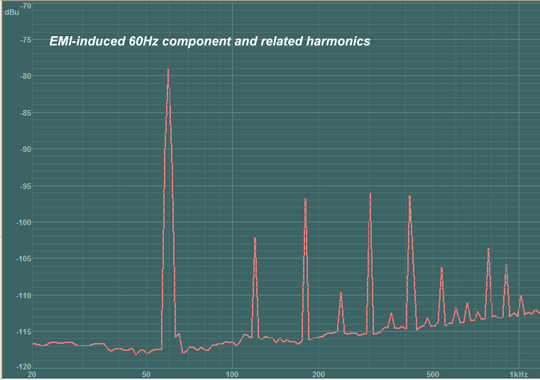
60 Hz Power Line Harmonics related to so called “Dirty Electricity”
In other words, you may have a 3 milliGauss magnetic field at 60 Hz, but a weaker magnetic field at 120 Hz will weight the reading even more strongly and register as 6 milliGauss when in fact it is only 3 mG. (from an excerpt on the company website) So the standard Trifield 100XE weights the “harmonics” (multiples of 60 Hz such as 120 Hz, 180 Hz, etc.) differently than a flat frequency EMF meter. Ordinarily, any instrument that is frequency weighted has an attendant chart which tells you how much more weight at different frequencies is measured than over the non-weighted frequency point of the meter.
Below is an example of this sort of chart for the Natural EM Meter (blue label) which is very different from the 100XE model. (This was taken from the vendor website – I know the word “frequency” is misspelled)
Natural EM Meter (not the 100XE EMF Meter) Frequency Weighting Chart
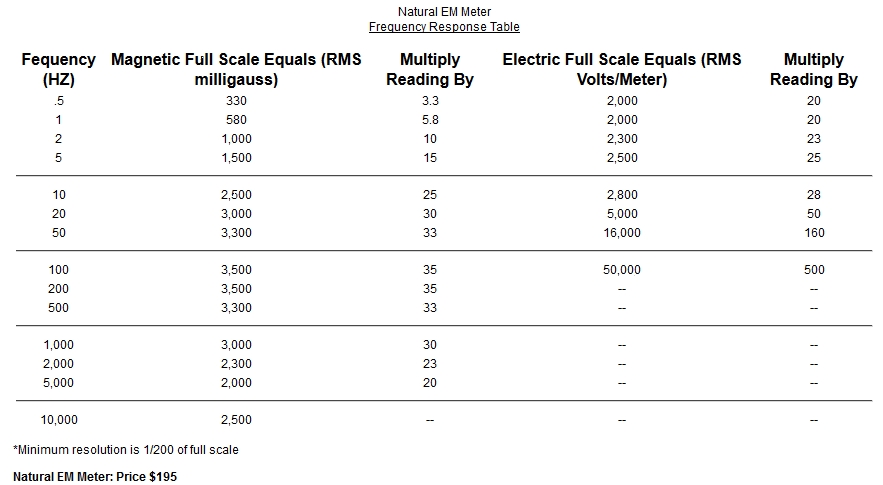
Natural EM EMF Meter Frequency Weighting Chart for Correction of EMF Readings by Frequency in Hz (Hertz)
A little confusing?
Based on my experience, I can interpret the chart, but what I wanted was the chart for the 100XE model Trifield and I could not find it on the manufacturer’s website. This is what initiated the call to the vendor. When I spoke with an electrical engineer, she explained that the 100XE is not particularly accurate (rated as +/- 20% according to the specs on their website) and is not recommended as a reference for any type of serious EMF survey.
Furthermore she went on to explain that even the manufacturer has NO SUCH chart for the 100XE model so you really don’t know what you are reading and how much is due to the 60 Hz magnetic field that you are interested in and how much is distorted or misrepresented by the high frequency harmonics.
And to further dispel another myth, the Trifield is named for the fact that it measures 3 types (tri) of fields: magnetic, electric and radio frequency, NOT because it is a 3-axis meter in every mode as the RF (radio frequency) measurement is only in SINGLE or 1-axis and will alter greatly depending on the orientation of the meter with respect to the RF source.
But I am not disparaging the company at all (they make some excellent equipment for certain applications and their website is very informative) and the 100XE has some viable uses, but it seems to be more towards something more subjective like the paranormal field rather than what a serious EMF consultant would choose for an official EMF testing survey. I DO like the needle movement as it does help you to track slow or fast fluctuations so I do use analog Trifield EMF meters, but the difference is that I know under what circumstances it can be used and also when I would not use it as an absolute for helping a client decide on a property decision because of the proximity of power lines.
WHO IS A CERTIFIED EMF CONSULTANT NEAR ME?
ScanTech Technical Consulting is owned and operated by Joel-Anthony Gray who has over 22 years of experience as an EMF consultant, EMI troubleshooting expert and nuclear radiation testing consultant for a variety of commercial and industrial customers. While there is currently no such thing as a Certified EMF Consultant as far as the United States industrial and scientific community at large is concerned, what ScanTech offers is extensive education, experience and multiple certifications in non-ionizing radiation, industrial safety and hygiene. (listed here EMF Credentials) He holds numerous degrees and certifications which qualify him for this title. Call 214.912.4691
WHO DOES ELECTROMAGNETIC FIELD TESTING NEAR ME?
ScanTech Technical Consulting professional commercial electromagnetic field testing and radio frequency testing in the Dallas – Fort Worth Texas area to detect and measure exposures and health risks (if any) to electromagnetic fields and radiation. Call 214.912.4691
WHO OR WHAT COMPANY DOES EMF TESTING NEAR ME?
ScanTech Technical Consulting professional commercial electromagnetic field testing and radio frequency testing in the Dallas – Fort Worth Texas area to detect and measure exposures and health risks (if any) to electromagnetic fields and radiation. Call 214.912.4691
WHO OR WHAT COMPANY DOES RADIO FREQUENCY (RF) RADIATION TESTING NEAR ME?
ScanTech Technical Consulting provides commercial radio frequency (RF) testing in the Dallas – Fort Worth Texas area to detect and measure exposures to all forms and frequencies of radio frequency radiation. Call 214.912.4691
WHO OR WHAT COMPANY DOES PACEMAKER EMI TESTING AND ELECTRICAL INTERFERENCE SURVEYS FOR IMPLANTED BIOMEDICAL DEVICES NEAR ME?
ScanTech Technical Consulting provides professional EMI testing for pacemakers and other biomedical implants throughout the United States to detect and measure exposures to all forms of interference from electromagnetic radiation. Call 214.912.4691
WHO OR WHAT COMPANY DOES RF RADIO FREQUENCY CELL TOWER TESTING NEAR ME?
ScanTech Technical Consulting provides commercial cellular testing in the Dallas – Fort Worth Texas area to detect and measure exposures to all forms of RF. Call 214.912.4691
WHO OR WHAT COMPANY DOES ELECTROMAGNETIC RADIATION TESTING NEAR ME?
ScanTech Technical Consulting provides commercial radio frequency (RF) testing in the Dallas – Fort Worth Texas area to detect and measure exposures to all forms of electromagnetic radiation. Call 214.912.4691
WHO OR WHAT COMPANY DOES ELECTRICAL INTERFERENCE TESTING NEAR ME?
ScanTech Technical Consulting provides professional radio frequency (RF) testing in the Dallas – Fort Worth Texas area to detect and measure exposures to all forms of electromagnetic radiation. Call 214.912.4691
WHO OR WHAT COMPANY DOES RADIOACTIVITY TESTING NEAR ME?
ScanTech Technical Consulting provides professional radioactivity testing in the Dallas – Fort Worth, Houston, Austin and San Antonio areas of Texas to detect and measure exposure to ionizing, nuclear or atomic radiation. Call 214.912.4691
WHO OR WHAT COMPANY DOES DALLAS AREA PHOTOMETRIC LIGHTING SURVEYS OR EXTERIOR LIGHTING STUDIES NEAR ME?
ScanTech Technical Consulting provides professional photometric testing in the Dallas Texas area for commercial clients to help pass lighting ordinances for their Certificate of Occupancy. Call 214.912.4691
WHO OR WHAT COMPANY DOES ESD / ELECTROSTATIC DISCHARGE TESTING NEAR ME?
ScanTech Technical Consulting provides ESD testing in the Dallas – Fort Worth, Austin, San Antonio and Houston Texas area to evaluate, measure and perform Electrostatic Discharge testing and consulting for sensitive environments. Call 214.912.4691
We often serve clients in Texas, Michigan and Iowa. Cities for onsite commercial testing and inspection services include: Plano, Highland Park, University Park, Park Cities, Las Colinas, Arlington, Fort Worth, Houston, Austin, San Antonio, Shreveport, Grapevine, Frisco, Denton, McKinney, Allen, Lewisville, Irving, Mesquite, Bedford, Euless, Richardson, Coppell, Grand Prairie, Garland, Addison, Farmers Branch, Rockwall, Carrollton, Parker, Rowlett, Lucas, Fairview, Park Cities, Keller, Roanoke, The Colony, Highland Village, Lake Dallas, Corinth, Prosper, Duncanville, Lancaster, Rowlett, Royse City, Princeton, Trophy Club, Southlake, Hurst, Round Rock, Georgetown, San Marcos, Cedar Park, The Woodlands and Spring. Counties served include Dallas, Collin, Denton, Tarrant, Rockwall, Harris and Travis County.
LARGER COMMERCIAL PROJECT SERVICE RANGE – NATIONAL & INTERNATIONAL
Alabama | Alaska | Arizona | Arkansas | California | Colorado | Connecticut | Delaware | Florida | Georgia | Hawaii | Idaho | Illinois | Indiana | Iowa | Kansas | Kentucky | Louisiana | Maine | Maryland | Massachusetts | Michigan | Minnesota | Mississippi | Missouri | Montana | Nebraska | Nevada | New Hampshire | New Jersey | New Mexico | New York | North Carolina | North Dakota | Ohio | Oklahoma | Oregon | Pennsylvania | Rhode Island | South Carolina | South Dakota | Tennessee | Texas | Utah | Vermont | Virginia | Washington | West Virginia | Wisconsin | Wyoming | Washington D.C. (District of Columbia)
Countries served include the United States, Canada, Australia, New Zealand the UK / United Kingdom (England, Scotland, Wales, Ireland) and Western Europe.
*LEGAL NOTICE*
All information on this website either written or implied is the express opinion of ScanTech Technical Consulting. ScanTech Technical Consulting and it’s owners are not responsible or liable for any damages arising from the misuse, misinterpretation or other consequences of the content of this website either in part or in whole. This includes all external weblinks, PDF documents, photos or other references (informational or otherwise) to 3rd parties including government agencies, health organizations, etc.
15770 Dallas Pkwy Suite # 900 Dallas, TX 75248 (Not Accepting Visitors due to C19)
Phone: (214).912.4691 https://emfsurvey.com
ScanTech Technical Consulting: Professional Electromagnetic EMF EMI Testing for Biomedical Implant & Equipment, Indoor Air Quality (IAQ) Testing & Environmental Inspections
COPYRIGHT 2002 – 2024
